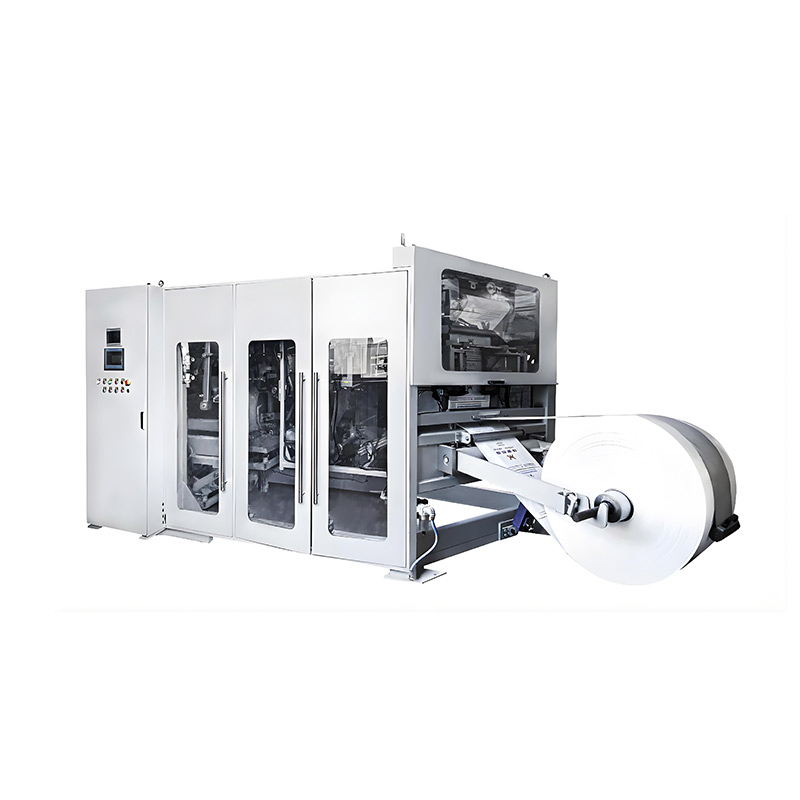Mechanical refrigeration is a vital technology that has revolutionized the way we preserve and cool perishable goods. Understanding the components that make up a mechanical refrigeration system is crucial for comprehending its functionality and optimizing its performance. In this article, we will delve into the intricate world of mechanical refrigeration and explore its key components.
- Compressor:
At the heart of any mechanical refrigeration system lies the compressor. This component plays a pivotal role in the refrigeration cycle by compressing the refrigerant gas, increasing its pressure and temperature. The compressor acts as the engine, providing the necessary energy to circulate the refrigerant throughout the system. - Condenser:
The compressed refrigerant gas then flows into the condenser, where it undergoes a phase change from a gas to a liquid. The condenser dissipates heat from the refrigerant, causing it to release thermal energy and cool down. This process occurs through either air or water-cooled condensers, depending on the specific application. - Expansion Valve:
After leaving the condenser, the high-pressure liquid refrigerant passes through the expansion valve. This valve regulates the flow of refrigerant into the evaporator and reduces its pressure. As the pressure drops, the refrigerant undergoes a phase change back into a gas, absorbing heat from its surroundings and cooling the desired space. - Evaporator:
The evaporator is where the magic happens. As the low-pressure refrigerant gas enters the evaporator, it absorbs heat from the surrounding environment, causing the temperature to drop. This cooling effect is utilized in various applications, such as air conditioning or refrigeration, where the evaporator acts as the heat exchanger, transferring heat from the desired space to the refrigerant. - Refrigerant:
The refrigerant itself is a crucial component of mechanical refrigeration systems. It is responsible for absorbing and releasing heat during the refrigeration cycle. Commonly used refrigerants include hydrofluorocarbons (HFCs), hydrochlorofluorocarbons (HCFCs), and natural refrigerants like ammonia and carbon dioxide. The choice of refrigerant depends on factors such as efficiency, environmental impact, and safety considerations.
Conclusion:
Mechanical refrigeration systems are complex and intricate, relying on a combination of components to achieve efficient cooling and preservation. From the compressor to the evaporator, each component plays a vital role in the refrigeration cycle. Understanding these components allows for better system design, maintenance, and troubleshooting. By unraveling the inner workings of mechanical refrigeration, we can appreciate the technology that keeps our food fresh, our spaces cool, and our industries running smoothly.

